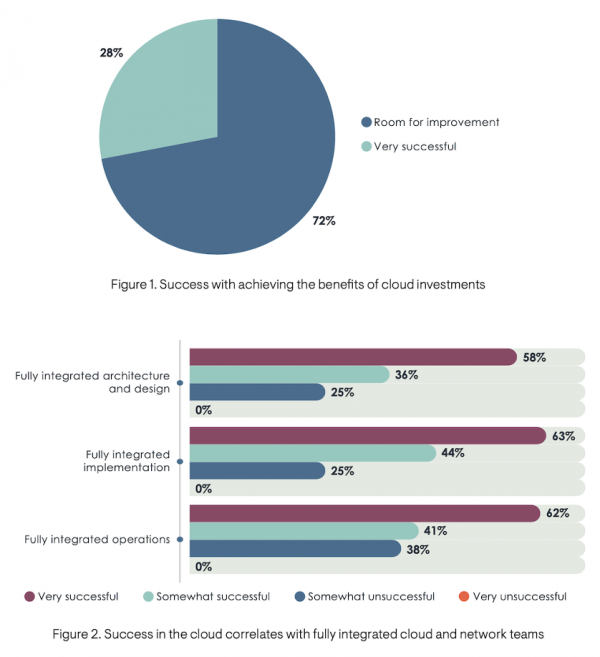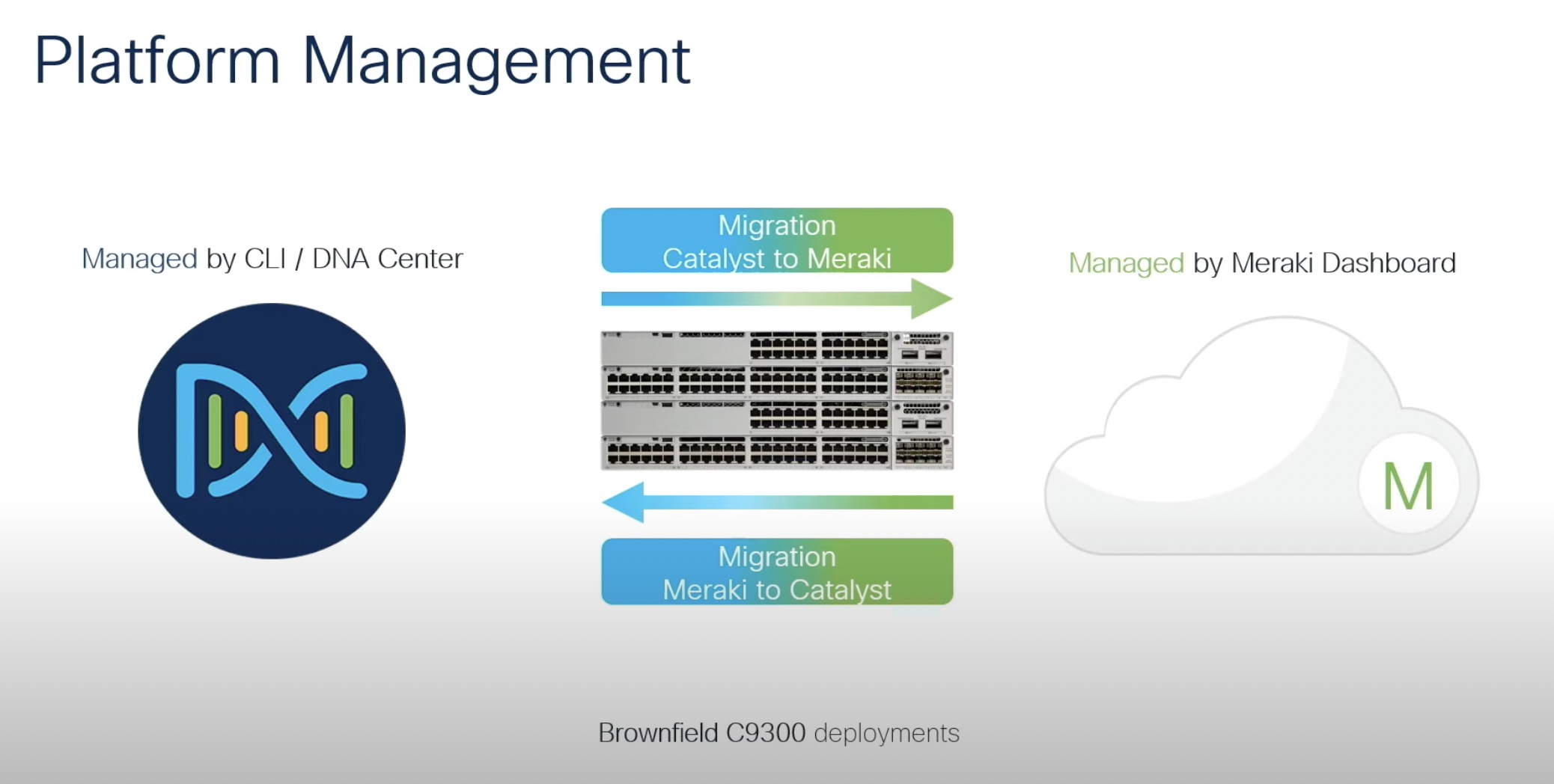I was recently given the opportunity to read a confidential near-final draft of a new research report from EMA and BlueCat. The report, A House Divided: Dysfunctional Relationships Between Network and Cloud Teams Put Cloud Strategies at Risk, does a great job of shining a light on a problem we’ve all witnessed but maybe couldn’t describe – at least not this well.

It turns out that only 28% of companies investing in cloud adoption consider themselves fully successful. Bummer. What’s worse, while the report shows that networking is a challenging area, it’s not technical problems, but rather collaboration failures that are leading to this very low success rate.
Why is this, and how can we solve it?
A Tale of Two Teams
I recently wrote about the new reality of DevOps teams and IT Ops teams working separately, differently, but together in our new hybrid reality. This notion was reinforced in the EMA report, although they hone in specifically on network (NetOps) teams, rather than the entirety of IT Ops.
The report quickly dives into some of the top aspects of operating cloud infrastructure that benefit from collaboration between these two teams. Areas such as network security, monitoring and troubleshooting, application delivery, compliance and cost management, along with DNS, IP space management, and routing all make the list.
Despite the obvious benefits that would result from this cross-team collaboration, the report shows that most are not working together effectively. Between 70 and 90% of enterprises surveyed reported experiencing security, compliance, IT, and business-level issues as a result of poor collaboration between DevOps and NetOps teams.
While “collaboration failures” are not clearly defined in the report, I can feel some of the common frustrations through the numbers. For example, 37% of respondents reported slow or inconsistent responses to change requests. Anyone who has worked in technical operations has probably lived through this themselves – whether you were asked to do something impossible or told something would take longer than you thought it should. Or, worse yet, you never heard back at all.
A Service Provider Relationship
One of the recommendations in the report is to: “Make remedying poor collaboration a C-level initiative.” And that of course makes sense, but how exactly should executives craft that initiative to create successful collaboration?
In my opinion, one of the best ways to make this relationship functional is by being honest and direct in how we define it. Specifically, I try to look at who provides service to whom, and where the demarcation points are. Who is the service provider, and where do we hand off responsibility? In this way, we can meet another of the report’s recommendations, to “make sure the network team is an equal partner at the table” by clearly defining the way the teams should work together.
Of course, inside of most enterprises, these demarcations or circles of responsibility are going to be far more porous than in strict service provider relationships. You are, after all, a single enterprise with a single purpose. And “the cloud” makes things that much blurrier due to the inherent re-definition of what constitutes infrastructure. This is exactly why we also need to use common tools.
A Single Source of Truth
As I was reading the report, a couple of sets of data points jumped out at me. Only 28% of both the cloud and networking professionals surveyed reported having good visibility into cloud changes, and only 25% said their management tools were very good. While these numbers are discouragingly low, what’s really revealing is that among the companies with the most successful cloud deployments, they are twice as high (57% and 53% respectively).
I have to believe that those stats contribute directly to another of the report’s recommendations: “Unify and modernize DDI, security, and compliance across domains.” It’s worth noting that almost none of the unsuccessful cloud adopters in the report are doing unified IP address management across cloud and on-premises networks. As I’ve argued elsewhere: you don’t want a single pane of glass but you absolutely need a single source of truth – especially when working across teams and roles.
Proprietary cloud tools often cannot extend to on-premises (campus, branch, home, DC, etc.) physical infrastructure and seldom to other clouds. So, it often makes sense to extend existing on-premises / third-party tools for visibility and control into the cloud. For a DDI specific example of how this approach can address many of the hybrid cloud challenges we’ve outlined here, check out this recent Tech Field Day presentation by BlueCat’s VP of Strategy, Scott Penney, and Chief Strategy Officer, Andrew Wertkin:
The Bottom Line
For a successful cloud deployment and effective ongoing cloud operations, collaboration is essential. Despite this seemingly obvious fact, most organizations are failing in their cloud adoption efforts specifically due to collaboration failures between cloud and network teams.
Solving this challenge requires at least C-level executive influence, well-defined responsibilities, proper cross-team inclusion, and unified management of critical cross-discipline resources such as domain names, IP address space, security policies, and compliance.
Without this single source of truth for critical resources, conflicts and errors are sure to make collaboration difficult, if not impossible – so maybe start there.




